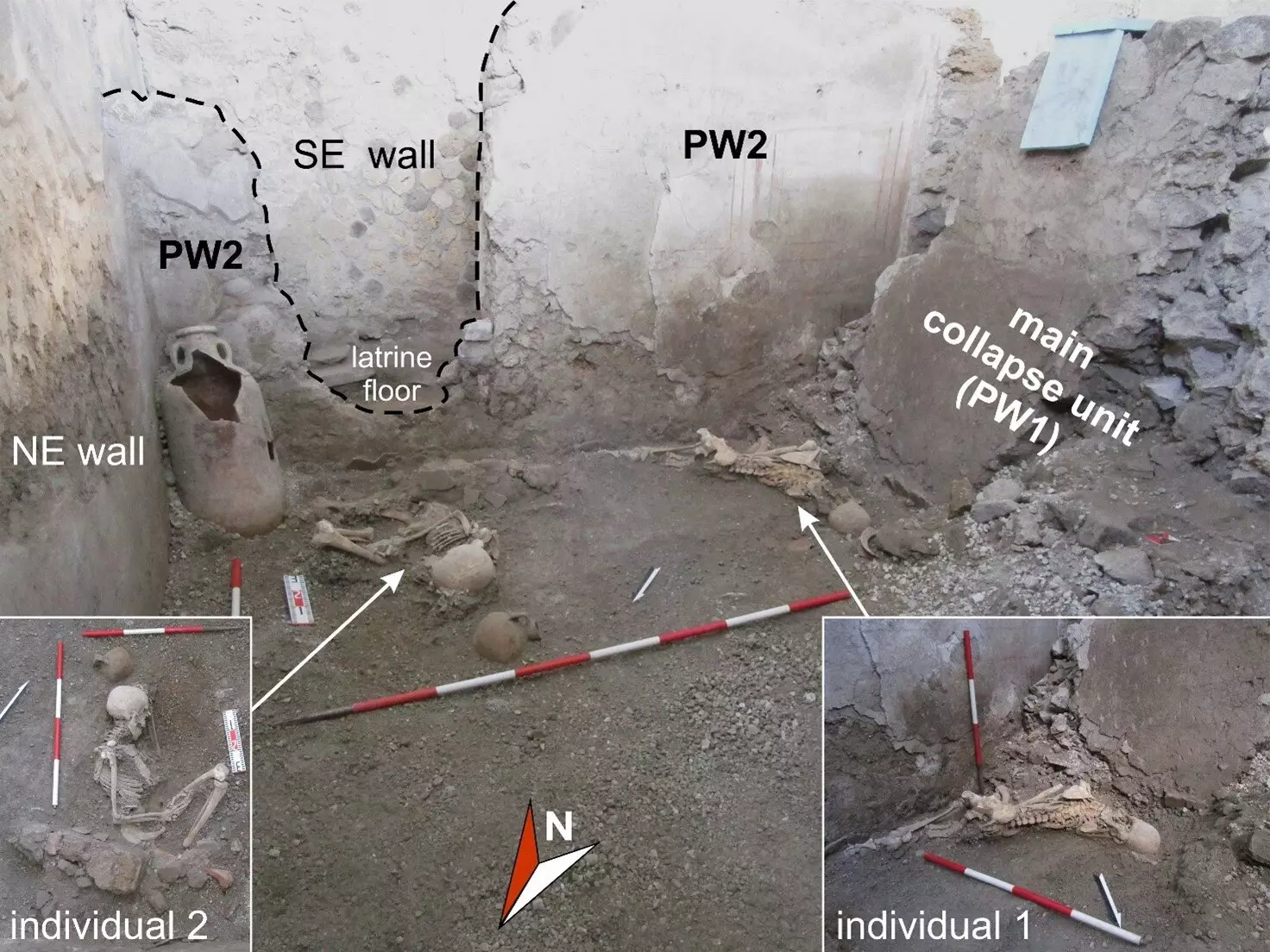About two millennia have passed since the devastating eruption of Mount Vesuvius led to the cataclysmic destruction of Pompeii and Herculaneum. Pliny the Younger chronicled this natural disaster, providing a vivid historical account of the events that transpired. Fast forward to present day; a groundbreaking study orchestrated by researchers from Istituto Nazionale di Geofisica e Vulcanologia (INGV) and Pompeii Archaeological Park reveals new dimensions to our understanding of this tragedy. The researchers critically investigated the interplay between volcanic eruptions and seismic activity, suggesting that the earthquakes accompanying the volcanic event played a pivotal role in the collapse of buildings and, ultimately, in the fate of its residents.
Deciphering the Jigsaw Puzzle of Natural Disaster
Unraveling the complex dynamics of concurrent natural phenomena—like volcanoes and earthquakes—is akin to piecing together a jigsaw puzzle, where every fragment needs to fit harmoniously into the larger image. Dr. Domenico Sparice, a volcanologist at INGV-Osservatorio Vesuviano, aptly describes this undertaking. The nuances embedded in the study’s findings challenge previously accepted notions that volcanic effects were the primary culprits in the death and destruction that enveloped the city.
Dr. Fabrizio Galadini, a notable geologist and senior researcher at INGV, accentuates the significance of accurately identifying cause-and-effect relationships between these two forces. The necessity of such analysis extends beyond mere academic curiosity; it is vital for building a cohesive narrative around human suffering and resilience during one of history’s most notorious eruptions.
Unearthing the Unexpected
Investigative efforts at the “Casa dei Pittori al Lavoro” have turned conventional wisdom on its head. The researchers noticed anomalies within the collapsed structures that contradicted known volcanic damage patterns. Dr. Mauro Di Vito, a volcanologist leading the excavations, emphasized the team’s motivation to seek alternative explanations when they discovered skeletons exhibiting severe trauma. The injuries suggested a scenario of death by structural collapse rather than suffocation from volcanic ash, a departure from historical assumptions that have painted a singular narrative of the disaster.
Critically examining the evidence reveals a terrifying sequence of events. The eruption produced a torrent of pumice lapilli for roughly 18 hours, prompting chaos as residents sought makeshift shelter. Yet when the eruption momentarily abated, the inhabitants might have let down their guard, only to be met by the violent tremors of powerful earthquakes, exacerbating the situation and leading to building collapses.
The Haunting Fate of Pompeii’s Inhabitants
The fate of two male skeletons recovered from the site offers a glimpse into the desperate moments of the Pompeiians. “Individual 1” faced a catastrophic wall collapse that would have dispatched him to immediate death. In stark contrast, “Individual 2” retained enough awareness to attempt self-preservation, shielding himself with a round object—a testament to the human instinct for survival even amid chaos.
The positioning of these bodies indicates an unsettling truth: both individuals were likely alive and conscious during the initial phase of the eruption, a grim realization for those who have romanticized Pompeii as merely a relic frozen in time. Instead, these findings reiterate that the citizens were not merely victims of volcanic wrath but were also subjected to the indiscriminate force of nature that seismic activity unleashed.
Your Survival Was Merely a Coin Flip
Against the backdrop of natural disaster, the choices Pompeiians faced were not merely convenient decisions but rather life-or-death gambles. While some opted to seek refuge inside their homes, the repercussions of this choice became tragically dire. The researchers painted a grim portrait: structures that were once safe became tombs, crushed beneath their own weight exacerbated by earthquake shocks. The theoretical possibility of a meager number of people managing to escape to the streets starkly contrasts with the sobering reality; survival was as much a matter of luck as it was of prudence.
No solid figures exist to quantify the death toll from earthquakes versus volcanic activity. Regardless, the intricate analysis puts forward the notion that the final fate of Pompeiians was intrinsically tied to the dynamics of their immediate environment. A single miscalculation could determine eternity, as the interplay between seismicity and volcanic eruptions shaped the human experience during this harrowing period.
Understanding the Human Experience within Catastrophes
New insights derived from this study illuminate not just the scientific intricacies of the Pompeii disaster but also an emotional landscape that brings humanity to the forefront. Insights like these provide a haunting but essential reminder of the chaotic beauty of human life, the choices they made under unprecedented stress, and the thin line between survival and demise. The momentous decisions made by Pompeiians in those chilling hours will never fade from collective memory, nor should they. They represent the enduring spirit of those who once called this vibrant city home, now captured forever in the ashes of misfortune. The ongoing research into Pompeii’s final hours holds invaluable lessons for understanding natural calamities and human resilience alike.

